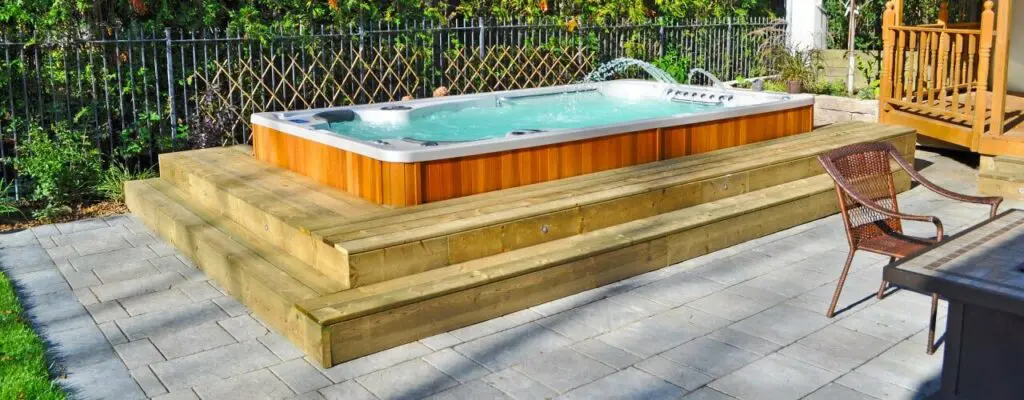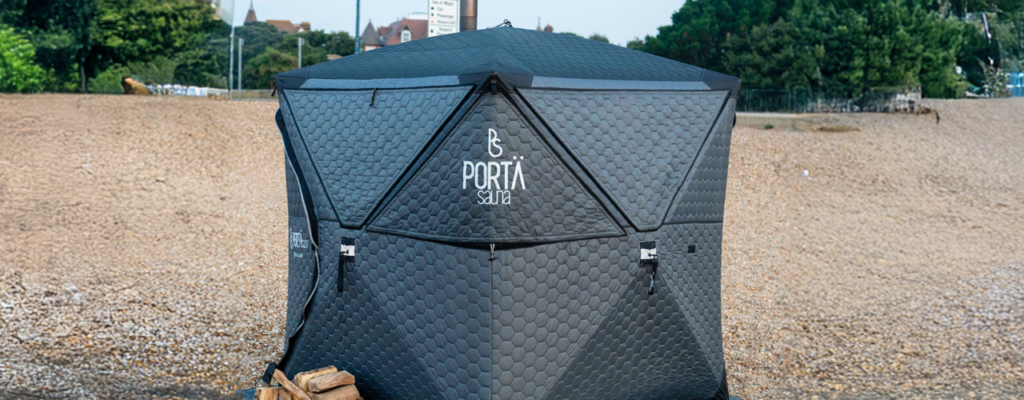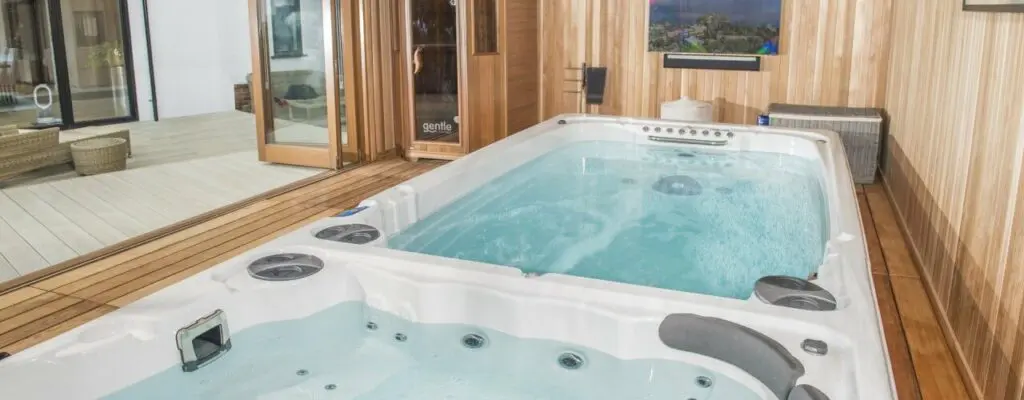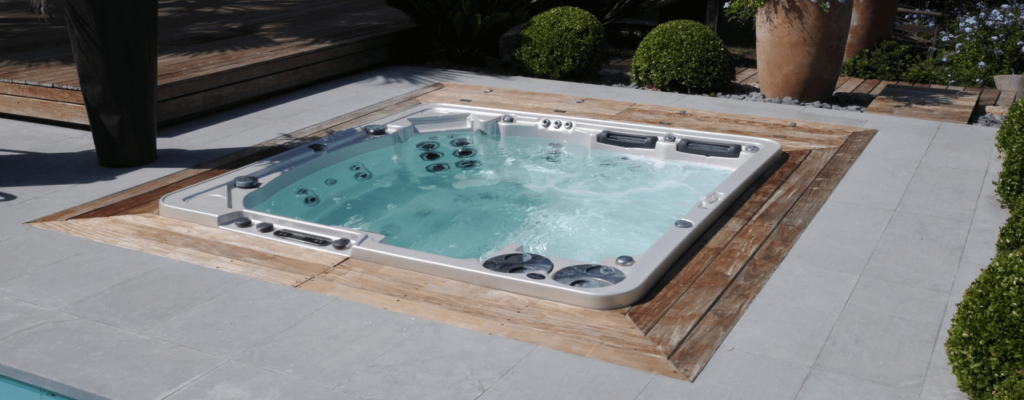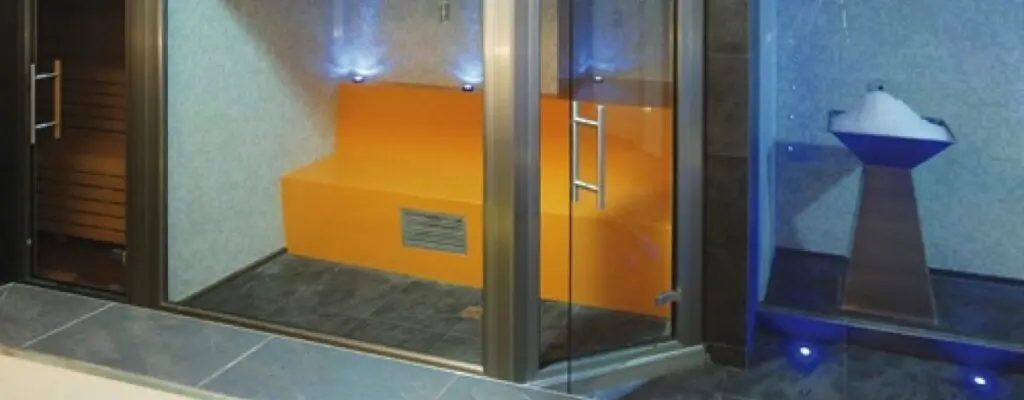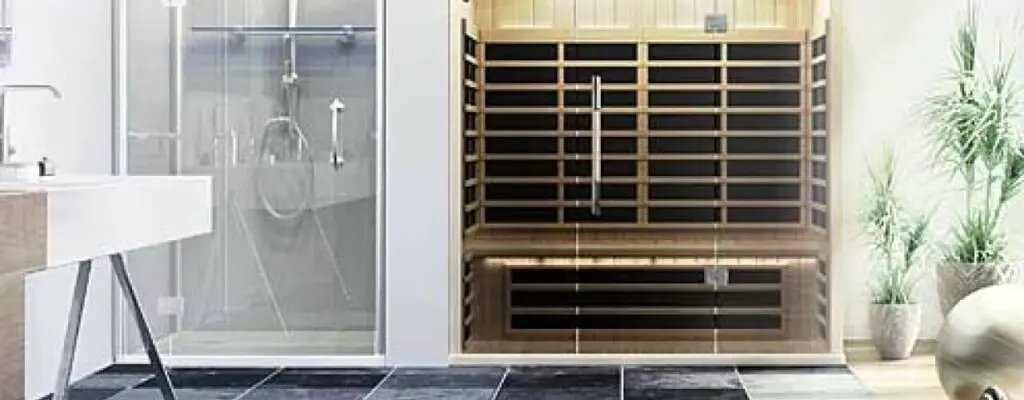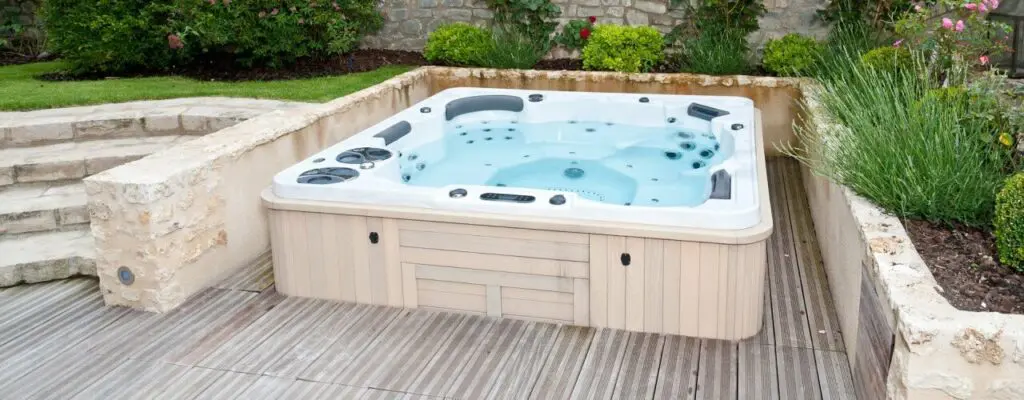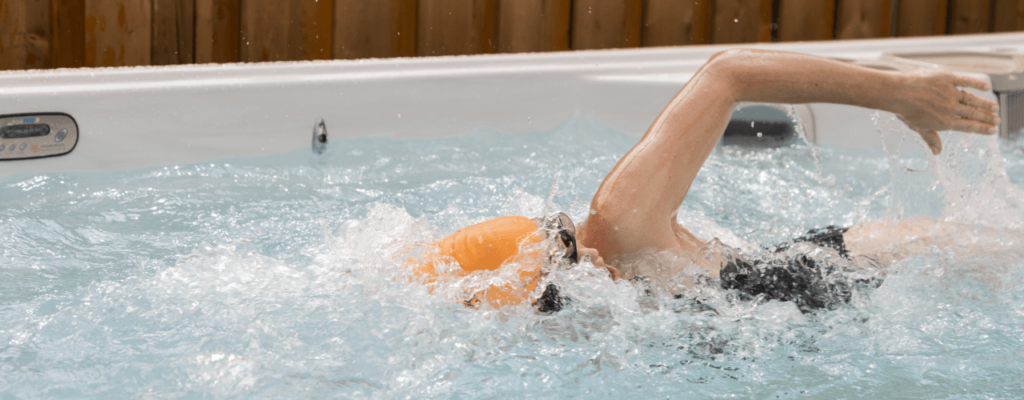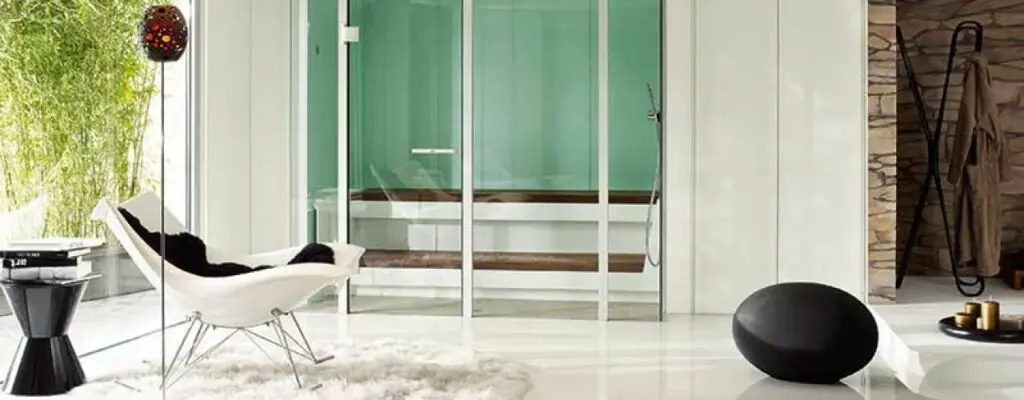
Creating the perfect home spa design is about crafting a space that promotes relaxation, wellness, and convenience. Whether you envision an energising swim spa, a deeply therapeutic infrared sauna, or the soothing warmth of a steam room, designing your ideal home spa requires careful planning.
Here’s everything you need to consider when bringing your dream retreat to life.
Define Your Home Spa Experience
Before getting into the products, consider what you want to achieve with your home spa design:
- Relaxation: A hot tub or steam room can provide deep stress relief.
- Hydrotherapy & Pain Relief: Swim spas and infrared saunas offer therapeutic benefits for sore muscles and joints.
- Exercise & Wellness: Swim spas deliver resistance training and low-impact workouts.
- Aesthetic Appeal: A well-designed home spa enhances your home’s atmosphere, making it a visually inviting retreat.
- Mental Well-Being: A home spa offers a private space to unwind, improving mental clarity and reducing stress levels.
- Family & Social Benefits: Hot tubs and swim spas provide an excellent way to spend quality time with family and friends.
Hot Tubs: Luxury Year-Round Relaxation
A hot tub is the centrepiece of any home spa design, providing warmth, massage, and ultimate relaxation. With so many options, a premium experience does not always mean a premium price tag. You’ll find affordable hot tubs with features like LED lighting, 25 powerful hydrotherapy jets, and state-of-the-art insulation to ensure running costs remain low. Its sleek, ergonomic design allows for deep relaxation while providing targeted massage therapy to relieve tension.
Not to mention the world’s only carbon-neutral, self-cleaning hot tub filter and clean 100% of spa water in just 15 minutes. This patented pressurised filtration system removes debris and bacteria far more efficiently than standard models, making maintenance effortless. If hassle-free enjoyment is your priority, this is the ultimate solution.
The Health Benefits of Hot Tubs
Owning a hot tub is not just about luxury, it brings a wealth of health advantages:
- Stress Reduction: Warm water immersion and hydrotherapy jets release endorphins, promoting relaxation and reducing anxiety.
- Muscle Recovery: Hydrotherapy targets sore muscles, helping with post-workout recovery and injury rehabilitation.
- Improved Circulation: The combination of warm water and massaging jets helps improve blood flow and relieve joint stiffness.
- Better Sleep: Using a hot tub before bed can help regulate body temperature and encourage deeper, more restful sleep.
- Pain Relief: Ideal for those suffering from arthritis, fibromyalgia, or chronic back pain, hydrotherapy can provide long-term relief.
Swim Spas: The Best of Fitness & Relaxation
For those who want the benefits of a pool and a hot tub combined, a swim spa is a game-changing investment. Swim spas are ideal for fitness, hydrotherapy, and relaxation, making them a versatile addition to any home spa design. Unlike traditional pools, they take up less space and provide year-round usability with temperature control.
Swim spas are highly beneficial for those looking to incorporate aquatic exercise into their wellness routine. The adjustable current allows users to swim in place, providing an effective cardiovascular workout without the need for a full-length pool. This makes them an excellent choice for swimmers training for endurance or anyone looking for a low-impact exercise option that is gentle on the joints.
Many people use swim spas for:
- Water aerobics
- Resistance training
- Rehabilitation exercises to help improve strength
- Flexibility
- Mobility
Hydrotherapy is another major advantage of swim spas. The combination of warm water and targeted jet massage helps soothe sore muscles, reduce inflammation, and improve circulation. This makes swim spas particularly useful for individuals recovering from injuries or dealing with chronic pain conditions such as arthritis. The buoyancy of water reduces the strain on joints, allowing for effective movement and rehabilitation exercises without the risk of further injury.
Additionally, swim spas offer a great way to relax and unwind. Many models feature built-in hydrotherapy seating areas with massaging jets, allowing users to transition seamlessly from an active workout to a soothing soak. Families and social groups also benefit from swim spas, as they create an ideal space for leisure and bonding. Whether used for fitness, therapy, or pure relaxation, a swim spa provides a comprehensive wellness solution that enhances overall well-being and lifestyle.
Saunas: The Key to Detoxification & Rejuvenation
Adding a sauna to your home spa design is a great way to enhance both relaxation and wellness. Saunas promote improved circulation, detoxification, and collagen stimulation for healthier skin. The heat encourages sweating, flushing out toxins and revitalising the body. Regular use can also strengthen the immune system by increasing white blood cell production, making it a beneficial addition to a health-conscious lifestyle.
Saunas come in various designs to suit different needs. Traditional saunas use heated rocks for dry heat, while infrared saunas provide deep-penetrating warmth using far infrared rays. Bespoke sauna designs allow for complete customisation, ensuring seamless integration into your home. Whether you opt for a compact unit for personal relaxation or a spacious model for shared use, there’s a sauna solution for every space.
Beyond relaxation, saunas offer significant health benefits.
Regular sessions can:
- Regular sessions can improve cardiovascular health by increasing heart rate and boosting circulation, mimicking the effects of moderate exercise. This not only supports heart health but also helps in muscle recovery by reducing inflammation and flushing out metabolic waste.
- Heat exposure triggers the release of endorphins, which naturally reduce stress and promote a sense of well-being.
- Heat therapy aids muscle recovery, alleviates joint pain, and reduces stress, leading to better sleep. The increased blood flow helps in quicker healing of injuries and reduces stiffness, making saunas an excellent option for post-workout recovery.
- The heat-induced sweating also helps cleanse pores, promoting a clearer, healthier complexion.
Whether for post-workout relief, relaxation, or overall wellness, a sauna is a valuable investment in your health and lifestyle.
Create Your Dream Lifestyle with the Ultimate Home Spa Design
Designing the perfect home spa design is about more than just choosing products, but crafting an experience that improves your well-being for years to come. Whether it’s the effortless relaxation of a self-cleaning hot tub, the fitness benefits of a swim spa, or the luxurious warmth of a custom sauna or steam room, your dream spa is within reach.
With over 50 years of experience, The Hot Tub and Swim Spa Company is here to guide you through every step—from selection to installation and beyond. Why wait? Take the first step toward creating your ultimate retreat today.
Get in touch with us today or browse our extensive selection of premium products!
